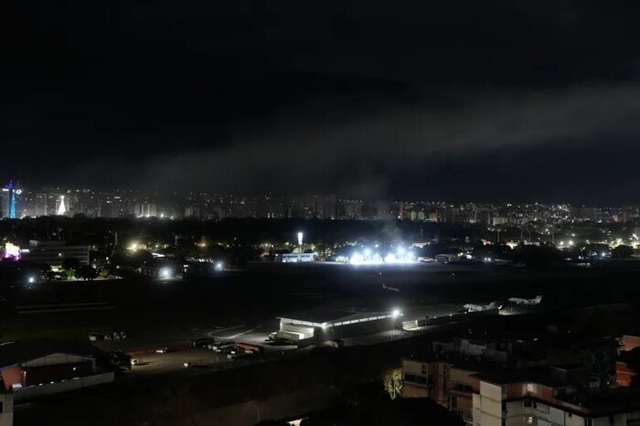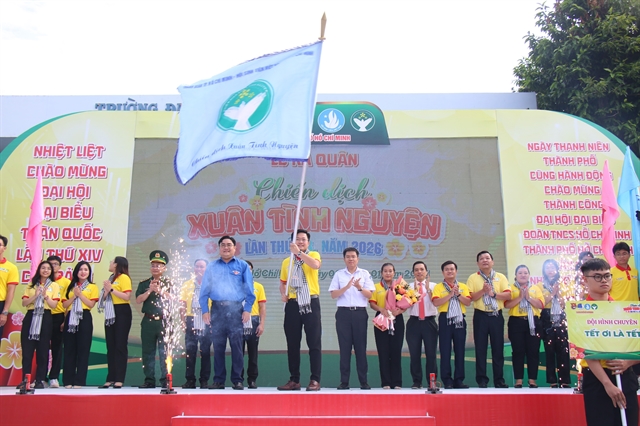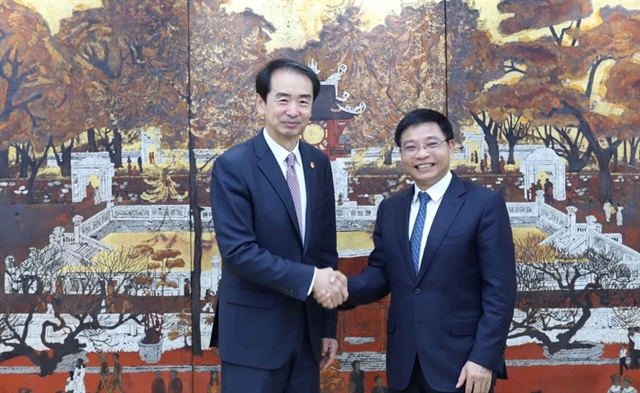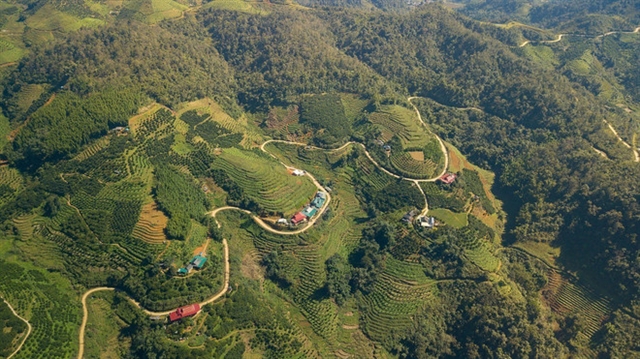 Life & Style
Life & Style
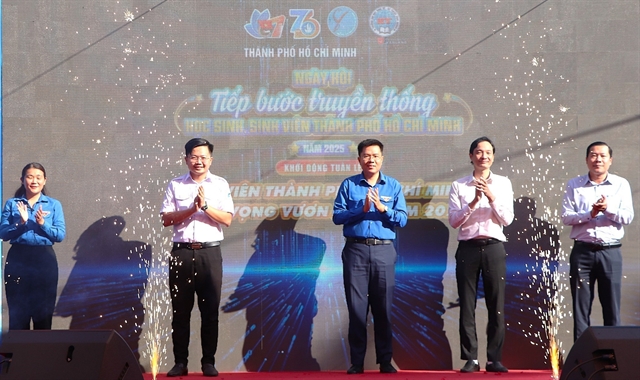
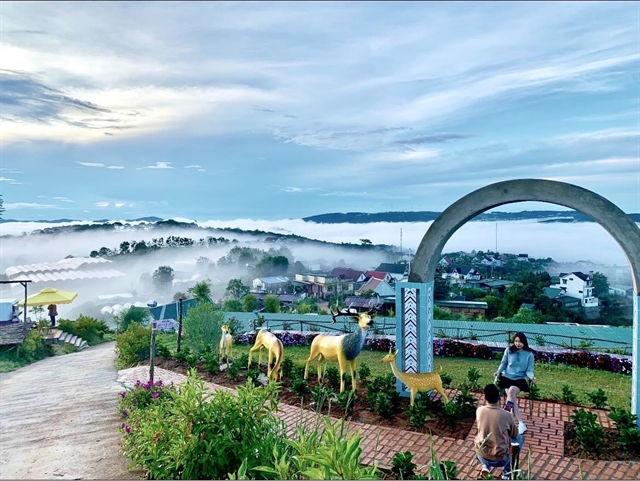 |
| Đà Lạt is poised for robust growth, aiming to become a national heritage tourism urban area with international standing. Photo moitruongdulich.vn |
LÂM ĐỒNG — Following the merger of Lâm Đồng, Bình Thuận, and Đắk Nông provinces, Đà Lạt City is affirming its role as an international hub for administration and resort tourism, backed by a strategic vision for sustainable and innovative development.
Trần Thanh Hoài, deputy director of the Department of Culture, Sports and Tourism of Lâm Đồng Province, emphasised the importance of building a green resort ecosystem in Đà Lạt.
According to him, Đà Lạt is not only a picturesque getaway but is positioning itself as a global destination tailored to the demands of an elite clientele.
With the official formation of the newly merged Lâm Đồng Province and Đà Lạt named its provincial administrative centre, the city is poised for robust growth, aiming to become a national heritage tourism urban area with international standing.
The new province now holds the largest natural land area in the country, over 24,000 sq.km, and abundant agricultural land.
This provides a crucial foundation for Đà Lạt to diversify its tourism offerings and develop distinctive service chains that appeal to both domestic and international travelers.
Kiều Công Thược, a representative of the Việt Nam Innovative Startup Investment and Development Fund (VNFUND), noted that Đà Lạt is shifting from “scenic tourism” to “experiential, wellness, creative, and digital tourism”.
Several innovation-driven initiatives have been proposed, such as the “Cultural & Tourism Innovation Valley” and the “iLab Tourism Innovation Centre” aiming to enrich the city’s tourism portfolio and increase repeat visitors.
In the post-COVID era and amid global climate change, travelers’ expectations have evolved dramatically. Tourists today are not only looking for memorable experiences but also meaningful, lasting connections.
As a result, personalised wellness resort models are gaining momentum.
Examples include Haus Đà Lạt, eco-resorts around Tuyền Lâm Lake, creative retreat spaces on the city’s outskirts, and smart eco-homestays in areas like Bảo Lộc and Đạ Tẻh, all of which are being actively explored by local businesses.
Đà Lạt’s growth is also supported by innovation-friendly policies.
The creation of a provincial-level green resort investment fund and the involvement of both domestic and international venture capital are expected to accelerate key strategic projects and shape the future of Đà Lạt as an innovative urban centre.
Ongoing studies are being conducted for major projects such as the integrated resort complex at Đan Kia – Suối Vàng Lake, the Lang Biang Indigenous Cultural Valley, and the UNESCO-backed Đà Lạt Music and Culture Centre.
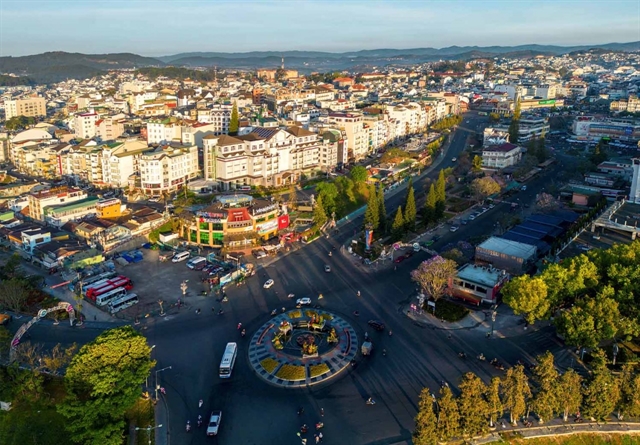 |
| The city’s tourism brand “Đà Lạt – The Magical Essence of a Blessed Land” will continue to be promoted to attract international markets. VNA/VNS Photo |
Green paradise in the tourism triangle
According to architect Trần Đức Lộc, deputy chairman of the Lâm Đồng Provincial Urban Planning and Development Association, Đà Lạt will adopt a multi-nodal urban development model with satellite towns to ease pressure on the city centre.
This approach will help preserve the city’s natural landscape, cultural heritage, and historical identity, while enabling the creation of modern, character-rich living spaces.
Transport infrastructure is being significantly upgraded.
New expressways, such as Dầu Giây – Liên Khương, will reduce travel time between Đà Lạt and HCM City to just three hours.
Other key links, including Gia Nghĩa – Phan Thiết, Nha Trang – Đà Lạt expressways, and airports in Liên Khương and Phan Thiết, will dramatically improve Đà Lạt’s accessibility to major economic hubs, coastal tourist destinations like Phan Thiết, Mũi Né, and Phú Quý Island, as well as global geoparks such as Tà Đùng.
Lộc also highlighted the development of integrated tourism products that connect the “Phan Thiết – Đà Lạt – Tà Đùng” triangle.
The city’s tourism brand “Đà Lạt – The Magical Essence of a Blessed Land” will continue to be promoted aggressively, targeting key international markets including Northeast Asia, Southeast Asia, Europe, and North America.
The new Lâm Đồng Province also aims to become Southeast Asia’s “Green Paradise” by 2030, featuring world-class tourism infrastructure and comprehensive development in both scale and service quality.
Đà Lạt will play a leading role in this vision as a hub for international cultural, culinary, and sports events, thereby elevating the province’s global profile.
Moreover, the province plans to accelerate digital transformation in tourism by building a smart tourism platform that includes digital maps, virtual reality technologies, and integrated booking and payment systems, offering visitors seamless and personalised experiences.
With its rich cultural and natural ecosystem, improving infrastructure, open investment policies, and strong commitment to sustainability, Đà Lạt is well-positioned to become a model urban centre in the post-merger era.
With ambition and united efforts from government, business, and local communities, Đà Lạt is poised for a breakthrough, living up to its title as the “green heart” of the new Lâm Đồng and a cultural tourism symbol of Asia. VNS


